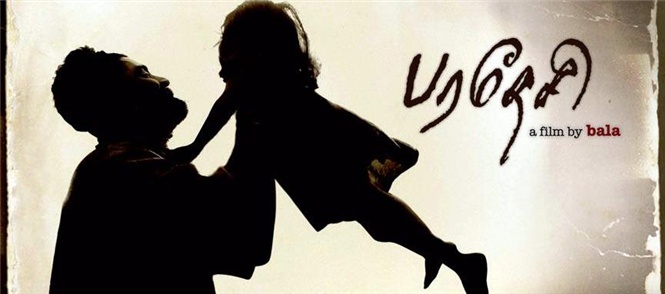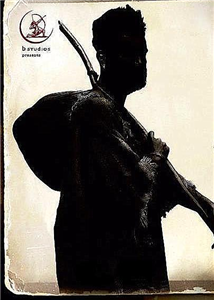Paradesi Music Review
After Bala's collaboration with Ilayaraja(Sethu, Pithamagan, Naan Kadavul) and Yuvan(Nandha, Avan Ivan), he has now teamed up with GV Prakash for the first time. It is also the first time Bala is working with Vairamuthu. Paradesi is based on real life experiences about Tea Plantation workers set in late 1930s pre-independence India. Every song makes an effort to fit the time period in which it is set. An interesting fact is that the lyrics were written and tunes were composed after picturizing the scenes.
GV Prakash
It is apparent that the primary purpose fo Paradesi team was NOT to dish out foot tapping chart toppers. The natural instruments used in the songs are carefully chosen to fit the time period. GV Prakash should be applauded for his sincere attempt to step out of his comfort zone. GV Prakash's music provides the necessary structure for Bala's vision and Vairamuthu's lyrical expression.
Vairamuthu
With Vairamuthu's past literary works including Kallikaatu idhihasam, Karuvaachi Kaaviyam and other lyrical works (Senga Soola Kaara from Vaagai Sooda Vaa) detailing the sad plight of famished worker class, Bala made a perfect choice to work with Vairamuthu for Paradesi. Every song has a purpose with Vairamuthu's lyrics covering varying shades of emotions, mostly on the darker spectrum -- apathy, sorrow, anguish, pathos and helplessness of these plantation farmers. Kaviarasu has done full justice to three of the songs which vividly describe the sufferings and depressions of enslaved plantation workers.
Song Reviews
Out of the five songs, 3 songs can be categorized as pathos, 1 song a love duet, 1 song a folk number.
- Pick of the album is "Seneerthana" for its hard-hitting lyrics and excellent singing by Gangai Amaren. GV's haunting tune will get you hooked right away and lyrics will definitely move you.
- It is interesting to note that one of the most difficult songs in the album "Oor Mirugam" was rendered by Prasanna and 15-year old super-singer star, Pragathi. This is yet another situational song, sung by Pragathi in classical style bringing out the anguish.
- Sengaade starts with interesting guitar notes and sung by Madhu Balakrishna in his characteristic style (e.g., Pichaipathiram from Naan Kaduval). The lyrics for this song is filled with visual metaphors portraying the emigration of famished workers. All three pathos songs are expected to work well with visuals.
For casual listeners, the two songs that has the opportunity to get on their playlist are Thannai Thaane and Avatha Payya.
- Even though the interludes and charanams are fantastic in Avatha Payya, this love duet song misses the opportunity to provide the much needed relief expected in this grim album. "Avatha Payya" lyrics could have been simpler, more appealing with engaging tunes for opening lines.
- Thannai Thaane is an interesting mix of theru-koothu style set in the backdrop of gaana beats and traditional nadaswaram singing the praise of Jesus. The lyrics probably depict the enslaved people deriving spiritual strength needed for uprising against the oppressors. Interesting and bold attempt again by GV Prakash.
Bottom-line
In order to better appreciate the songs, the listeners should have curiosity in understanding the historical context and be willing to pay close attention to lyrics. Paradesi songs are not meant for casual listeners and masses.
Overall Rating - 6/10

